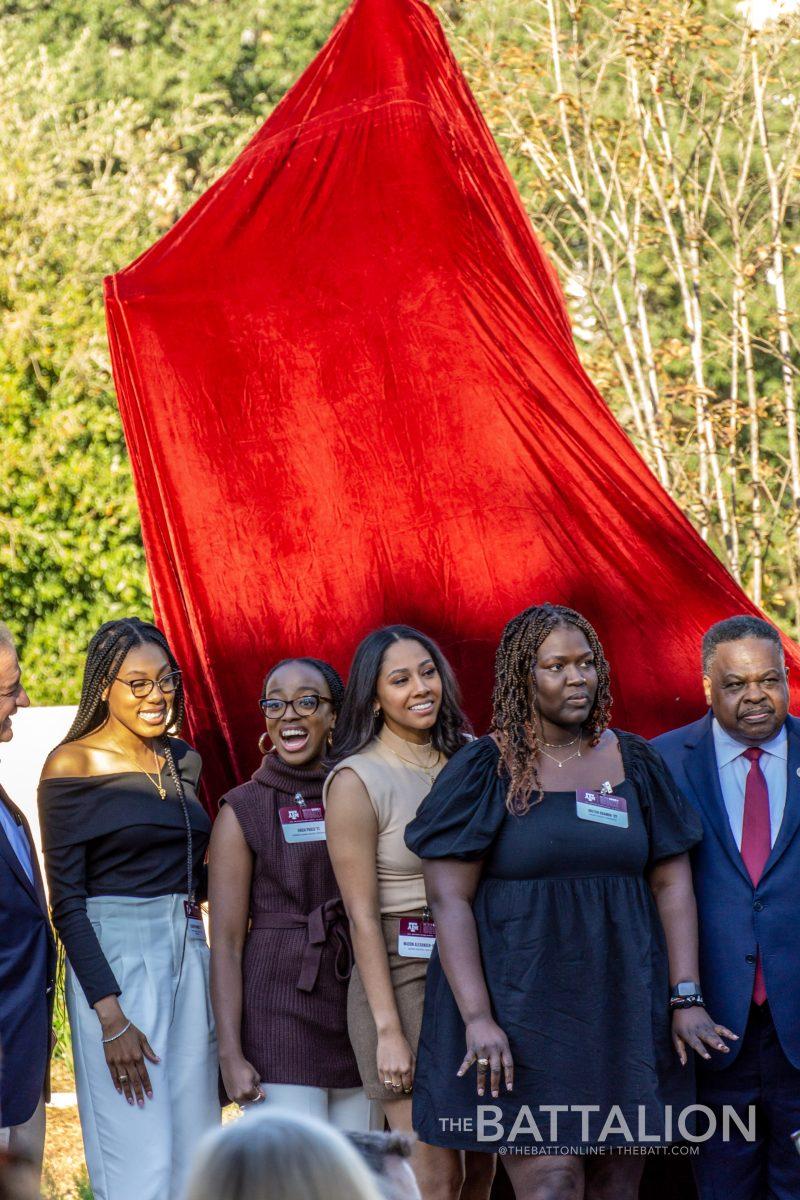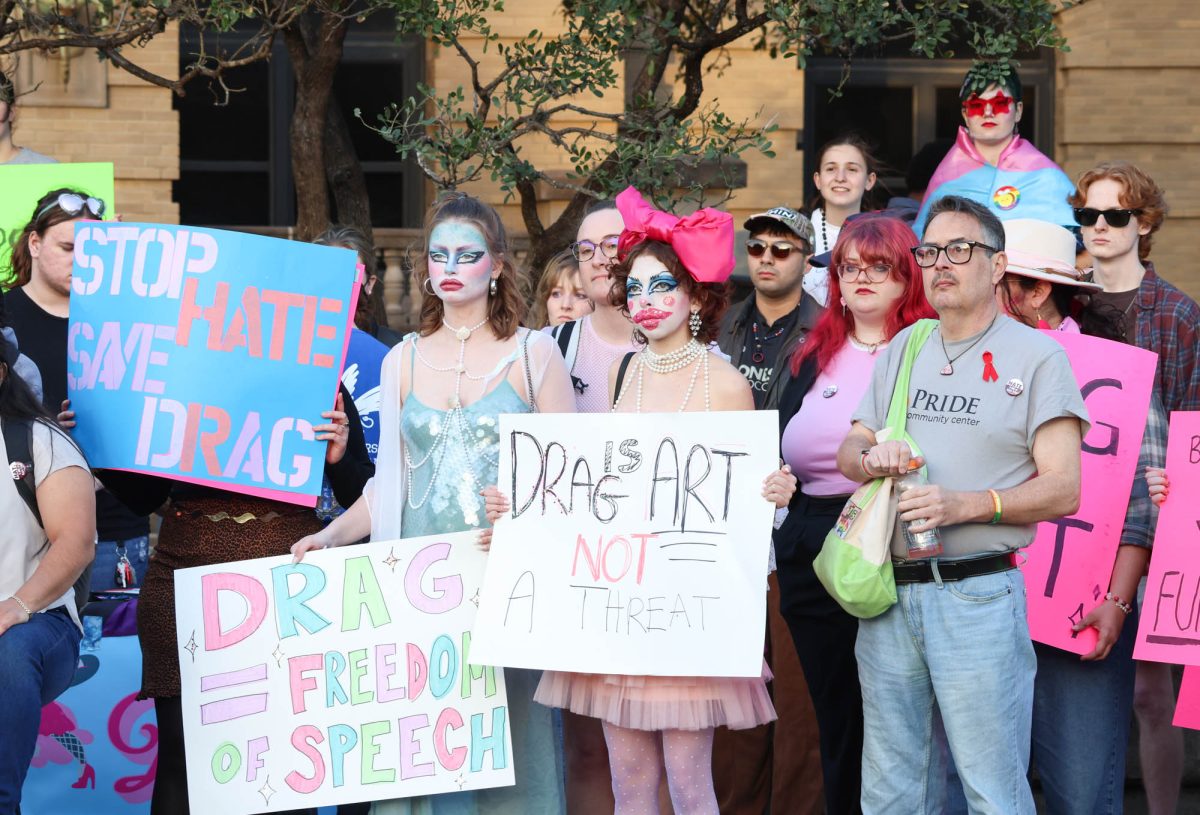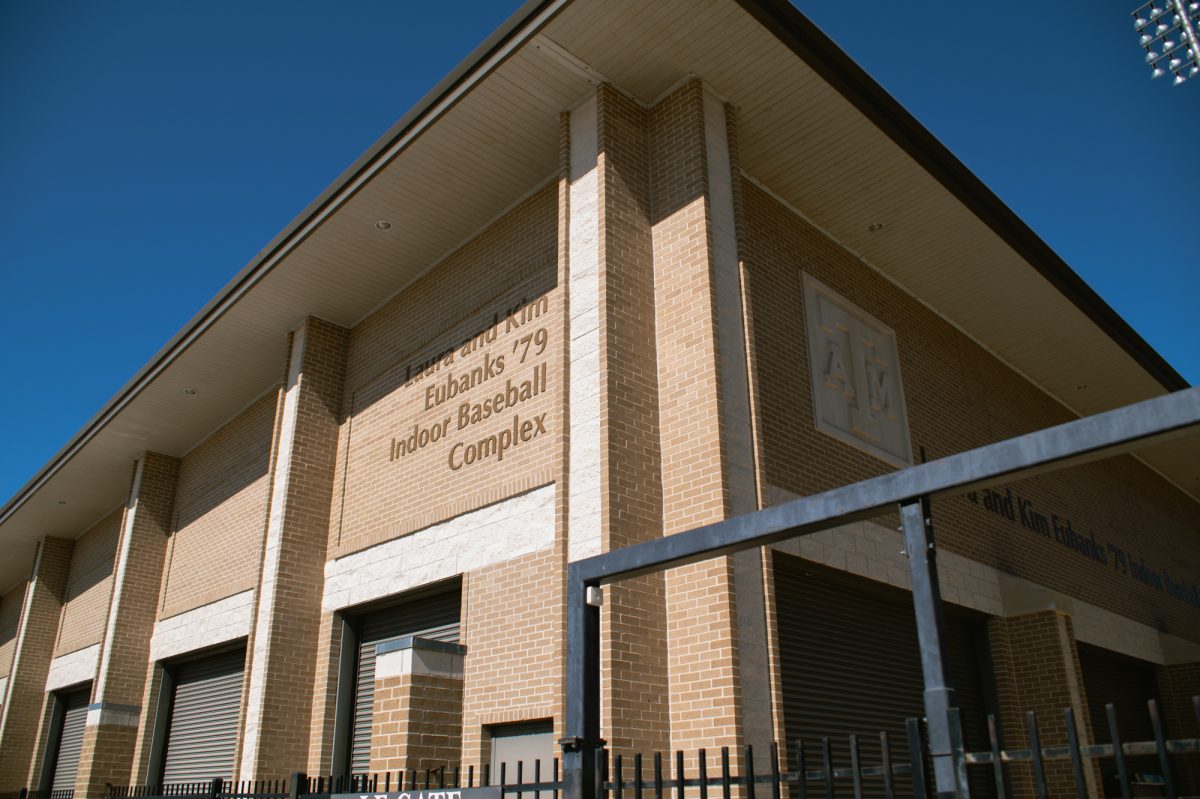In an effort started in the 1980s, Texas A&M students have continued to fight for the representation of former Texas Sen. Matthew Gaines on campus. Now, the Matthew Gaines Society is continuing the legacy of advocacy groups before them.
Established in 2019, the Matthew Gaines Society has a mission to honor the contributions of Gaines in helping to establish A&M and Prairie View A&M. President of the society and public health senior Aketch Osamba said the goal of the organization is to commemorate Gaines’ legacy through student awareness and through the new statue on campus, which was dedicated on Friday, Nov. 19.
“[Gaines is] someone who was born an enslaved person and was eventually freed,” Osamba said. “He was able to teach himself how to read and write. He was able to hold a position as a senator. He [was] a Baptist minister. There’s so many elements that came together for Senator Gaines’s story to truly be the impactful legacy that it is today. We were able to have that all come together at the staff dedication, but also understanding that the work of the Matthew Gaines Society is far from done.”
Through fundraising, social media presence and informationals, Osamba said the society is ensuring it is making a lasting impact on campus.
“When we were finally able to commemorate Senator Gaines with a statue on campus, [we] wanted to make sure that his legacy and the history of his life was truly ingrained in campus culture,” Osamba said. “We wanted to make sure to do that with history and awareness.”
Vice President and engineering sophomore Mason Alexander-Hawk said the society is improving A&M by pushing forth the mission of public service and making sure everyone on campus — regardless of their ethnicity, gender, religion or sexuality — has the ability to leave a legacy on the A&M campus and make an impact.
“The Matthew Gaines Society, to me, is a community of people who are looking to push forward the mission of inclusion for everyone on campus and make sure that everyone on campus feel[s] that they have a place and that they belong and that they are welcomed,” Alexander-Hawk said.
Before the Matthew Gaines Society was established, Chad Walter, Class of 1994, was president of the College Republicans, one of the first on-campus groups to push for a statue of Gaines. The statue was listed as an option for the Class of 1994 gift, according to a March 29, 1994, article in The Battalion.
“I thought it would happen a lot sooner,” Walter said. “I almost can’t believe it took this long. There was at least awareness of the issue back then. I don’t know what took so long. That’s kind of my big question, what took so long? I cannot figure that out.”
Walter said former professor Richard Stadelmann and advisor for the College Republicans was monumental in establishing a movement to dedicate a statue to Gaines. Stadelmann sent a letter to the Board of Regents in hopes to persuade the members to consider Gaines’ name for a building or to consider erecting a statue, according to a Feb. 7, 1994, article in The Battalion.
“I’m disappointed,” Stadelmann said in the Feb. 7, 1994, article. “The tendency has been for all of the Board of Regents to name the buildings after themselves.”
Walter said he and classmates felt it was important for there be recognition of the African American contribution to the founding of A&M. Walter attended the recent dedication ceremony with his son.
“It really just made me feel proud to be an Aggie,” Walter said. “He’s a junior in high school, and I’ve got a daughter that’s a senior in high school that [has applied to A&M]. It was just a feeling of pride to see that happen there. I was just really proud of the people that made that happen. After all these years, recognition so long denied, we’re just happy to see it happen.”
Alexander-Hawk said the society hopes to extend its impact beyond A&M.
“We have seen, simply from the statue unveiling, that this has had a widespread impact on people outside of the A&M System,” Alexander-Hawk said. “Via social media, we’ve done tons of interactions about how impactful the statue is. I think it’s huge [beyond] A&M because the students who are working to graduate and leave a legacy at A&M are going to be going into the real world and leaving the institution. Whatever marks the society can make on those students while they’re here, it’s going to leave a lasting impact once they leave.”
Osamba said the society is looking to have a continued element of student engagement as new habits come in as new people experience the organization, and continued support on campus will be critical to have a lasting impact. It is also looking to continue to emphasize leadership development, public service and potentially establishing a scholarship.
“I felt extremely hopeful. I felt empowered by the student body and community that came out to support,” Osamba said. “As a Black student, I felt incredibly empowered to have this statue on campus serve as a sign of inclusion. Just being able to see everyone come out in that moment, and take the time out of their busy schedule to unveil the statue in that moment, I felt extremely hopeful and empowered.”
‘Recognition so long denied’
November 29, 2021
Photo by Photo by Melanie McBride
Members of the Matthew Gaines Society from left to right include Vice President Elizabeth Barnes, President Erica Pauls, fundraising chair Mason Alexander-Hawk and Aketch Osamba, outreach chair.
0
Donate to The Battalion
$1865
$5000
Contributed
Our Goal
Your donation will support the student journalists of Texas A&M University - College Station. Your contribution will allow us to purchase equipment and cover our annual website hosting costs, in addition to paying freelance staffers for their work, travel costs for coverage and more!
More to Discover










